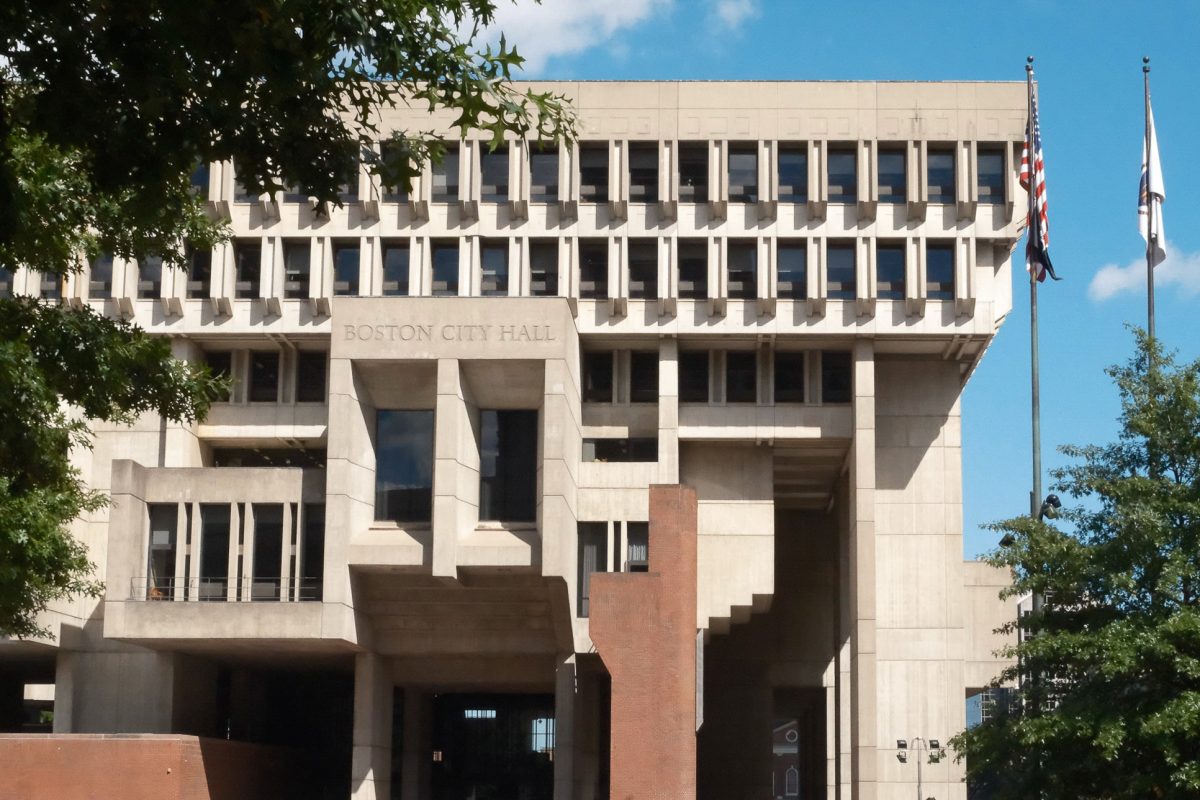
The 72-year-old CITGO Sign, which rests on the Boston University Barnes & Noble with its 3,600 square feet towering over Kenmore Square, is one of Boston’s most distinguishing features, BU students said.
“It’s really cool that the sign is on our campus,” said College of Arts and Sciences freshman Alyssa Russell. “It’s a very iconic symbol of Boston, and it’s ours.”
The landmark’s significance extends beyond the BU campus, however, said CITGO General Manager of Lights, Oils and MarketingAlan Flagg.
“Our big sign in Kenmore Square has iconic status with Bostonians and the many visitors to that great city,” Flagg said in an email interview with The Daily Free Press.
Boston sports fans hold the sign in particularly high regard, Flagg said.
“Red Sox sluggers are enticed by the so called ‘C-IT-GO’ sign as they blast home runs over the left field wall, and runners in the grueling Boston Marathon welcome its sight as the 20th mile mark,” he said, referring to the spot in Newton – just before “Heartbreak Hill” – when the sign becomes visible.
Some fans are so dedicated that they get tattoos of the red, white and blue sign and often send pictures of their tattoos to the company, Flagg said.
All of those tattoos depict the new CITGO sign though, with the familiar red triangle on a square white field.
Originally the sign was circular, had Cities Service written on it, and no triangle. The company did not switch its name from the Cities Service Company until 1965 when it decided to rebrand, 55 years after the fuel company started in 1910, according to the CITGO website.
The new sign came with the new name, but its continued presence in the Boston skyline was not guaranteed. During the 1980s, the company almost took the sign down, Flagg said.
Former Massachusetts Gov. Edward King called for the sign to be turned off in 1979 as the country dealt with the energy crisis that followed the Iranian Revolution and the Iran-Iraq war
As electricians estimated the amount of energy needed to keep the sign glowing nightly, characterizing the power usage as wasteful, some Boston-area residents called for the company to conserve energy and pull the sign’s plug, according to Boston Globe archives.
The neon sign went dark in 1979 and stayed off for about four years. During that time, controversy broke out over whether the sign should be demolished or designated as an historical landmark.
Editors at the Globe stuck up for the sign in 1983, contending that despite some Bostonians’ “dismay over attempts to save the sign,” the sign “has been an important reference point, emotionally and geographically, for many Bostonians. . . . Its proposed demolition triggered an outcry showing just how important the cityscape – contemporary and otherwise – is to people who live and work here.”
The Boston Landmarks Commission voted against designating the sign a landmark, but CITGO agreed to repair the sign and to plug it back in. The sign blinked back to life on an August night in 1983 in front of a crowd of hundreds of people who had gathered to watch, according to Globe archives.
The sign recently received renovation to feature “more technologically advanced and environmentally friendly” lights, with the company investing millions of dollars into changing the blinking neon lights to LED lights, Flagg said.
The renovation began in 2010, and during the time of renovation the sign went dark again, according to the CITGO website.
CITGO intends “to be good stewards of this treasured landmark for years to come,” Flagg said, despite the cost of lighting the sign nightly.
Over the past six months, keeping the sign lit required about 1,216kWh per month on average, Flagg said. The average U.S. household uses about 958 kWh per month, according to the U.S. Energy Information Administration.
“Recognizing the beloved status of our big tri-mark atop the Boston University bookstore has encouraged us to make sure it is always there as a beacon for Bostonians as they traverse their city,” Flagg said.
Over the course of its 72-year stretch spent looking down at Kenmore Square, the sign has received national and global attention.
“The sign was deemed an ‘Objet d’Heart’ by TIME Magazine, was photographed by Life Magazine and featured in The New York Times,” according to the CITGO website, and has “become a source of inspiration for artists, musicians and filmmakers from around the world.”
“We certainly use it [the CITGO sign] as a landmark,” said Joe Enos, general manger at Bertucci’s in Kenmore Square. “When we’re giving directions, we say we’re located under the CITGO sign.”


















































































































Charlesetta Scaringi • Feb 5, 2013 at 11:03 am
Good write-up. I’m a normal visitor of your website and appreciate you taking the time to maintain the nice site. I will be a regular visitor for a long time.
Billy • Apr 19, 2012 at 11:31 am
Citgo is owned by Venezuela, which is run by dictator Hugo Chavez